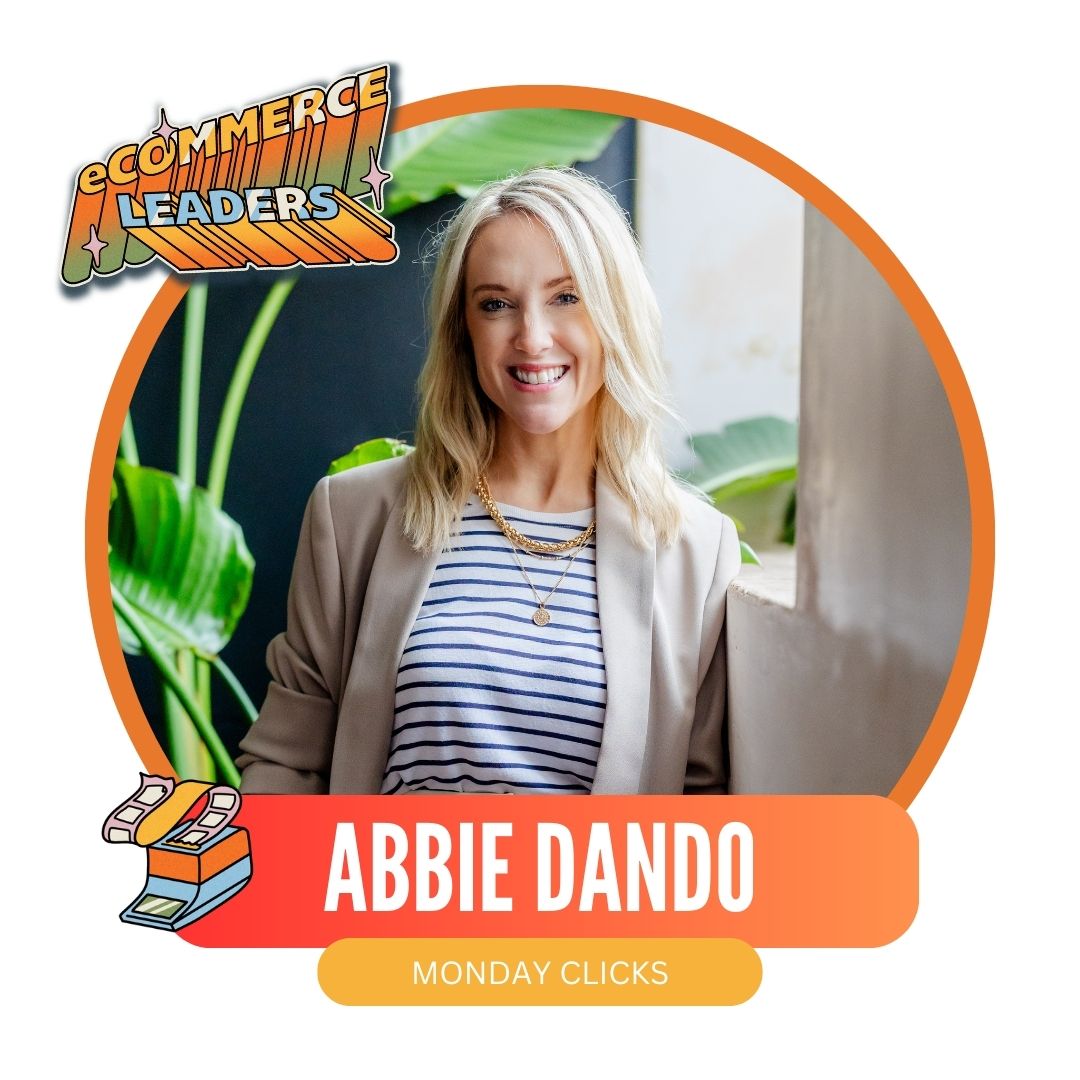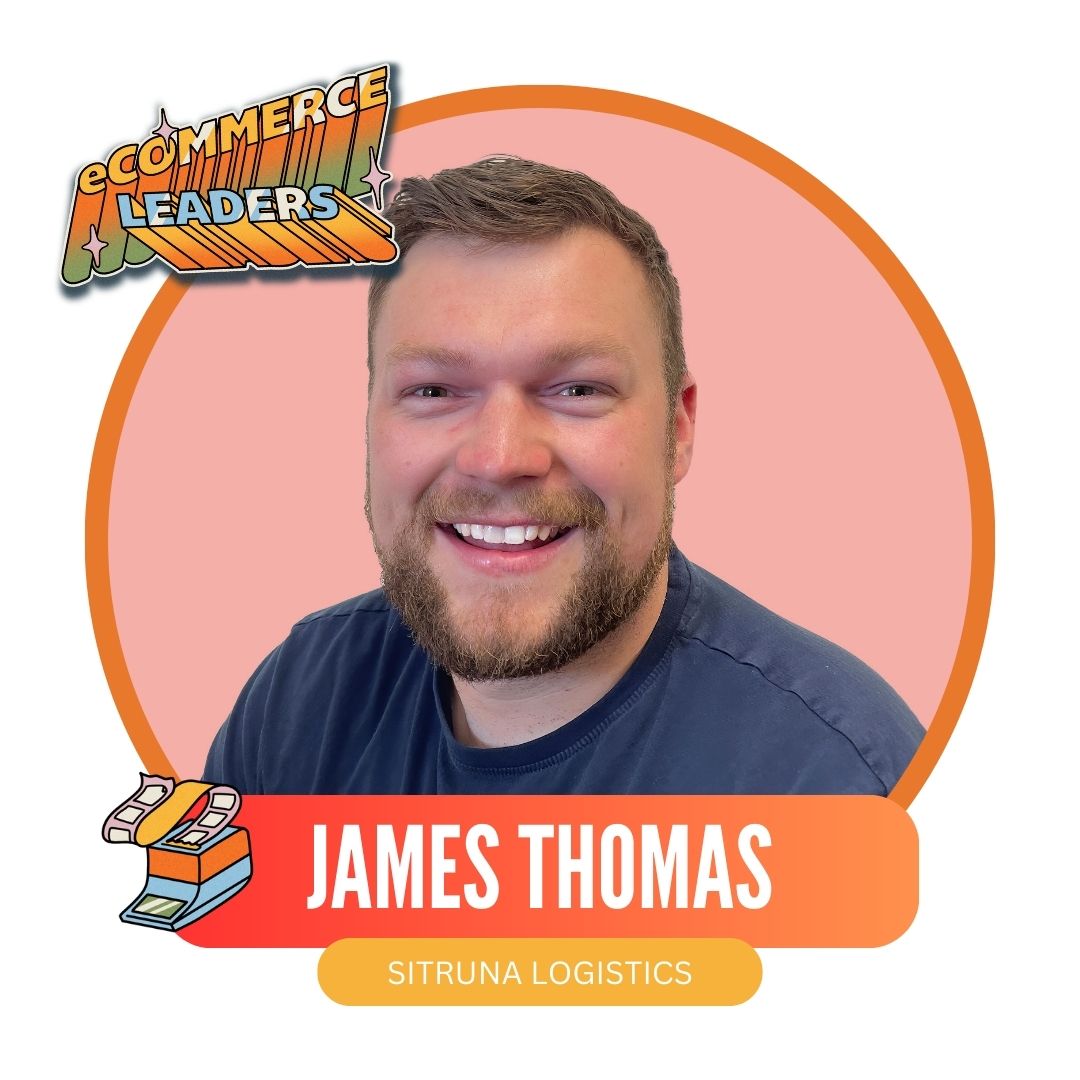Speakers
📢 Here are the current speakers we have for this event. We will also hear from you – the event is all about taking part.
The Yin-Yang of Branded & Unbranded Traffic

“I’ve got a bit of a bugbear at the moment,” vents Abbie Dando, founder of Monday Clicks.
“Our agency specialises in organic search. One of the things that I’ve recognised this year is the branded versus non-branded traffic [debate].”
Abbie argues that bigger brands are hogging the branded space, but getting lazy with non-branded traffic, the most underrated and underutilised aspect of organic search.
Non-branded traffic is: The search engine traffic you get from keywords that don’t mention your brand.
Branded traffic is: The search engine traffic you get from mentions of your brand.
By neglecting non-branded organic traffic, brands are missing out on a truckload of potential new customers who are actively searching for their products or services but may not know their brand name yet.
“But because everybody is saying that sales are down, I’m seeing a lot of businesses throw more money at paid marketing,” she says. “And I’m not against paid marketing because it’s important, but it’s only one part of the funnel. I think, don’t throw it all at paid, fill this gap with non-branded traffic.”
“They’re missing the biggest trick ever.”
When Monday Clicks first started working with a leading sailing brand, 96% of their traffic was branded. To circumvent this, they had to make some changes:
- They focused on creating content around non-branded keywords related to Musto’s products. (Instead of just optimising for ‘[brand name] sailing jacket’, they created content around terms like ‘best sailing jackets’ or ‘waterproof jackets for sailing’.)
- They developed content funnels for different stages of the customer journey, targeting non-branded searches at each stage.
- They continuously tracked and analysed the performance of the content, making adjustments as needed to improve its effectiveness.
‘We’ve been doing some work with them to even it out, so now we’ve got it down to 75%,” says Abbie. “One of their products just shot up by 20% in revenue within four weeks, because we were getting people searching for ‘sailing jackets’ rather than ‘[brand name] sailing jackets’.”
At eCommerce Leaders, Abbie will join us to show us unbranded traffic is the most underrated and underutilised aspects of marketing, and how you can make the most of it by balancing it with paid. If you’ve been struggling with your paid marketing recently, then perhaps it’s time to think of other avenues.
How You Can Overcome the ‘Digital Demise’

The digital world is getting harder and harder to navigate.
Google is in self-destruct mode, squeezing advertisers for all their worth with very little return, and consumers are shifting away from their traditional search patterns.
Simon Bollon, founder and director at BOUTIQUE, believes online sellers are in the midst of a ‘digital demise’.
“I think navigating the algorithms and understanding organic search is ever harder,” he says. “Especially as paid search is growing even more competitive, meaning there are more and more brands in your niche, making it harder to stand out.”
But the real kick in the face to smaller agencies is Google’s new advertising platform: Performance Max.
“[With PMax], Google claims that they’re spending the money for you to get ads in people’s faces,” says Simon. “There’ll be agencies that say it’s brilliant and that they get good results out of it. But my personal take is that it’s structured for large spending agencies; it’s a bit of a disaster for smaller SMEs.”
“Because Google owns it and it’s on their platform, there’s nothing you can do about it.”
So how can agencies overcome the “Digital Demise”?
- Consider a shift back into retail – “My personal view is that consumers are moving back to high streets or back to the retail environment a little bit more.”
- Adopt an omnichannel approach – “If I was a new eCommerce business, say, in the gardening sector, eCommerce would only be a part of my strategy. I’d be looking at how I could get my products in other retail stores.”
- Focus on user experience and conversion optimisation – “Agencies need to focus on user experience and conversion rates, that’s unquestionable. I’m yet to see an e-commerce business where there’s not money left on the table from poor user experience.”
At eCommerce Leaders, Simon will be joining us to have a conversation about how eCommerce agencies like you can overcome the ‘Digital Demise’ and offer you a sense of levity in the fact that you’re not alone.
You’ll be surrounded by people in the same boat as you, so don’t fear, this is a safe space to air your worries around this topic.
Are You Really a Full Service Agency?


A lot of eCommerce agencies say they’re ‘full service’, when really… they’re not.
Beth Ashworth, partnerships and marketing director at Sitruna, knows this all too well. She’s seen countless agencies claim to be ‘full service’, but then fall short in some crucial areas – rendering the term a mere buzz word.
“We’ve seen that brands can have every single element of their strategy in place and optimised, whether that’s PPC, graphics, content, copy, tech – everything you need to succeed on Amazon, for example,” she explains. “But all of that ends up being wasted money because they have so many stock issues.”
If you want a horse in the race against your competitors, then it’s time to start going the extra mile – but it’s up to you what that looks like.
For Sitruna, going the extra mile meant expanding into an area that most agencies wouldn’t even consider: third-party logistics (3PL).
“We’re the only UK agency that is also a 3PL,” says Beth. “The only actual full-service offering that extends into logistics.”
They didn’t find themselves on this trajectory for no reason, however. It was born from their own experiences as e-commerce brand owners.
“We had an in-house notebook brand called Beachmore Books,” says Beth. “It was kind of like our sandbox – before we would recommend something to clients, we’d experiment with it ourselves.”
“ We faced logistical issues [with Beachmore books] and realised there wasn’t a good enough solution out there. So we decided to create one.”
It was because of this approach that their client retention rates are so high.
At eCommerce Leaders, Beth will be joined by James Thomas, managing director at Sitruna Logistics, share how agencies can evolve to meet the changing needs of e-commerce brands based on her own experiences, and how their move into logistics has transformed their relationships with clients.
A Guide to the Amazon Brand Lifecycle

Where do your clients sit in their Amazon brand lifecycle?
A lot of eCommerce brands think they know, but they’re often way off the mark.
RT7 Digital, a 12 year-old Amazon marketing agency, has seen this time and time again.
“Brands are too busy going through the motions without actually stepping back and going, ‘Hold on, where are we?’” says Mike Walker, Head of Marketing at RT7 Digital. “They’re reactively approaching the space rather than proactively stopping to assess where they are, what’s working, and what’s not.”
So, to circumvent this, they’ve developed a model to help brands understand exactly where they are in their Amazon journey – and more importantly, where they need to go next.
RT7’s model breaks down the Amazon brand lifecycle into four key phases:
- Establishment – This is where brands should focus on establishing a solid foundation for their brand.
- Acceleration – “This phase is about gaining market share and establishing profitable lines. When you have more data, you can start applying it to decide which lines you’re going to bet on.”
- Defend and Grow – “There are a lot of other brands out there playing in the same pool with similar products, you need to put in strategies to defend and grow yours.”
- Yield – Focus on maintaining dominance for high-earning SKUs while proactively monitoring the market.
The thing is – your brand might not fit neatly into just one phase, which is why you need to understand the nuances of each.
But why do so many brands struggle to accurately assess their position?
“It’s very hard to get data out of Amazon around how your brand is performing against other brands,” says Sean MacMahon, director of growth and client success. “So we use a wide set of tools that we have invested in to help our clients understand where they are in their subcategories.”
“We took over a client in December. They were selling £1m a month, and they’re now doing £2.5m. That was just from some targeted focus and expanding their market share in a particular marketplace.”
At eCommerce Leaders, Sean MacMahon will dive deep into their Amazon brand lifecycle model, and explain how you can accurately assess a brand’s position, common pitfalls, and strategies for each phase of the journey.
